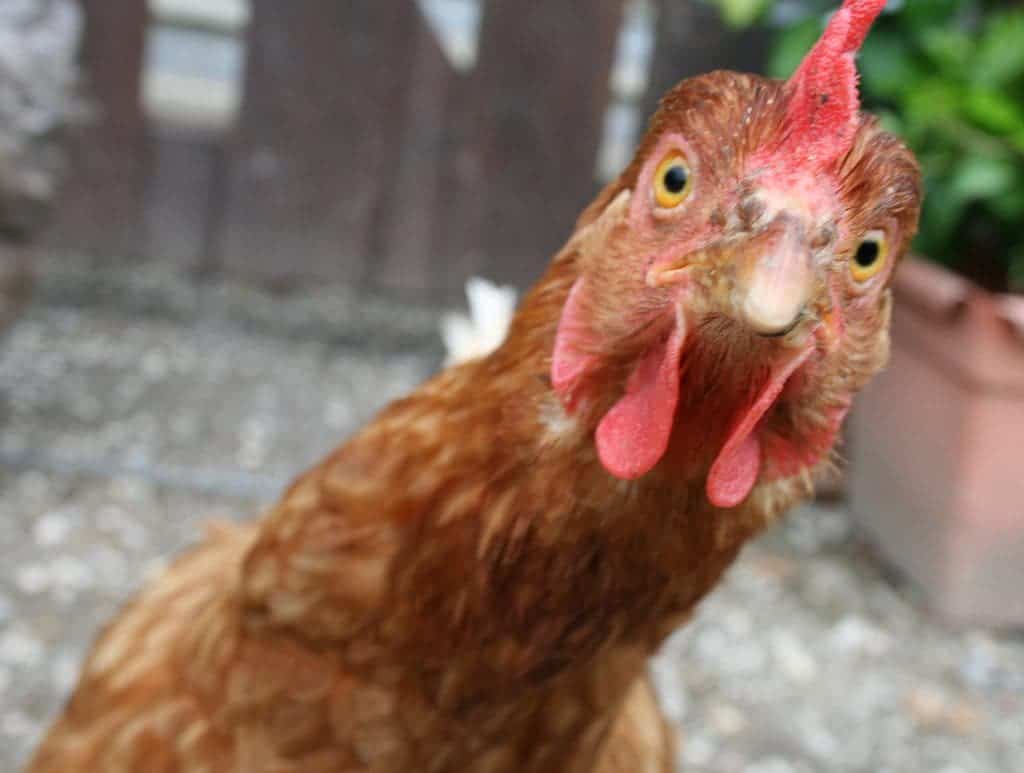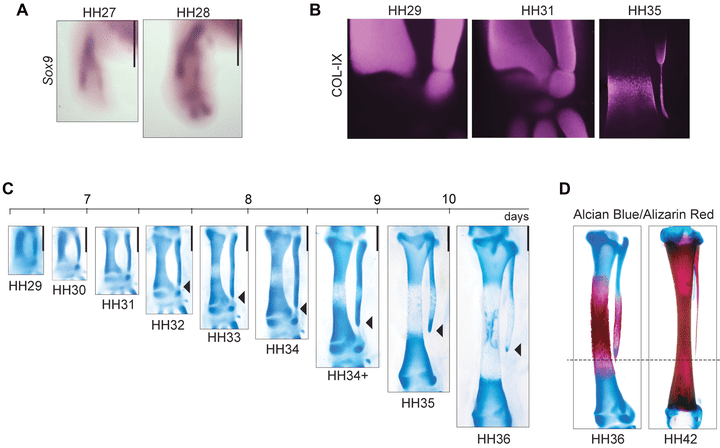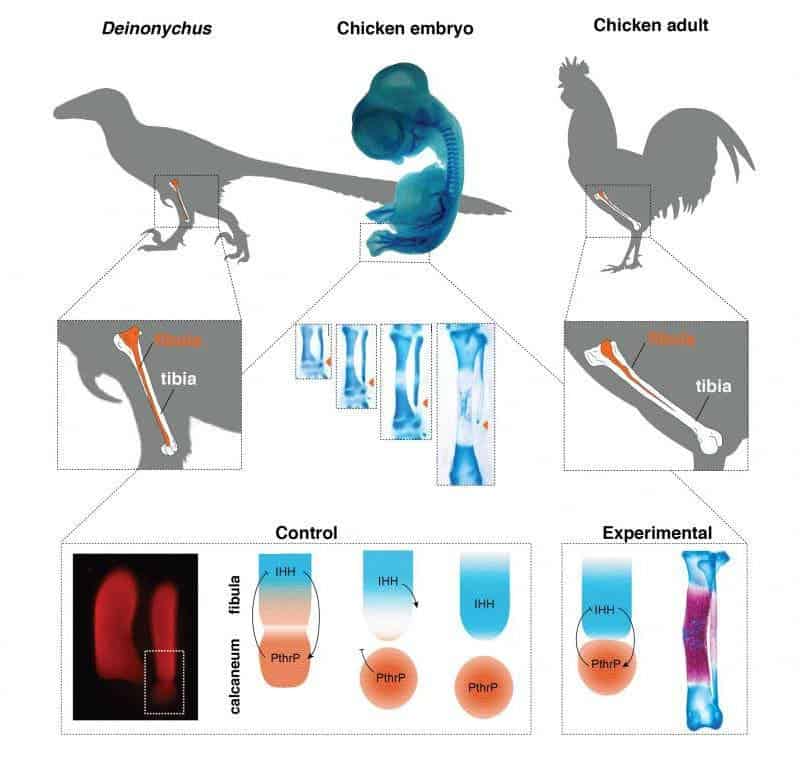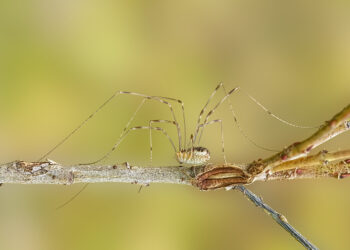Researchers in Chile, studying the evolutionary link between dinosaurs and modern-day birds, have manipulated the genome of chicken embryos so that they develop dinosaur-like bones in their lower legs.

Most dinosaurs perished some 65 million years ago when a meteor impacted earth — but not all of them. The ones that survived gave rise to the birds we know today. To understand how this transition happened, a research team from Chile altered the genes of regular chicken so that they grow longer, tubular fibulas (the spine-like bone you’ll find in a drumstick.)
In avian dinosaurs such as Archaeopteryx, this tube-like bone reached from the knee all the way down to the ankle alongside the tibia. Bird embryos show the developmental stages for fibulas akin to those seen in Archaeopteryx but at maturity the bones are shorter, thinner and pointy towards the end, no longer reaching the ankle.
Researchers led by Joâo Botelho from the University of Chile decided to investigate how this transition from a long, tubular fibula in dinosaurs to a short, splinter-like fibula in birds took place. When they inhibited the expression of the IHH gene (short for Indian Hedgehog gene) bird embryos’ fibulas continued to grow in a similar shape to those seen in dinosaur fossils. This way, the team discovered that this bone grows — or rather, stops growing — differently than most other bones.
Usually, bone development first halts in the shaft long before the ends stop growing, but in modern chickens the fibula first stops its growth at the ends, then the center — meaning the bone is actively blocked from growing into a more dinosaur-like shape. The researchers suggest that this cessation of growth in the lower end of the fibula is prompted by a bone in the ankle, called the calcaneum.

Image credits João Francisco Botelho et. al./ author provided.
In avian dinosaurs such as the Archaeopteryx, the fibula was a tube-shaped bone that reached all the way down to the ankle. Another bone, the tibia, grew to a similar length alongside it.
“Unlike other animals, the calcaneum in bird embryos presses against the lower end of the fibula,” the team explains in a press release.
“They are so close, they have even been mistaken for a single element by some researchers.”

The interaction between the calcaneum and the fibula signals the bone shaft to stop developing, essentially blocking it from reaching anywhere near the ankle. But, with the IHH gene expression blocked, the calcaneum strongly expresses the gene for Parathyroid-related protein (PthrP), which allows for growth at the ends of bones. The result — dinosaur-like fibulas, just like Archaeopteryx had.
“Experimental downregulation of IHH signalling at a postmorphogenetic stage led to a tibia and fibula of equal length,” the team writes in the report.
“The fibula is longer than in controls and fused to the fibulare, whereas the tibia is shorter and bent.”
Birds lost their long fibula as evolution selected against it in one of their direct ancestor groups — dinosaurs known as the Pygostylians.
“The experiments are focused on single traits to test specific hypotheses,” one of the team, Alexander Vargas, explains.
“Not only do we know a great deal about bird development, but also about the dinosaur-bird transition, which is well-documented by the fossil record. This leads naturally to hypotheses on the evolution of development, that can be explored in the lab.”
Last year, the same team grew dinosaur-like feet on their chickens, and a separate team in the US managed to grow a dinosaur-like ‘beak’ on its chicken embryos.
The full paper, titled “Molecular development of fibular reduction in birds and its evolution from dinosaurs” has been published online in the journal Evolution and can be read here.






